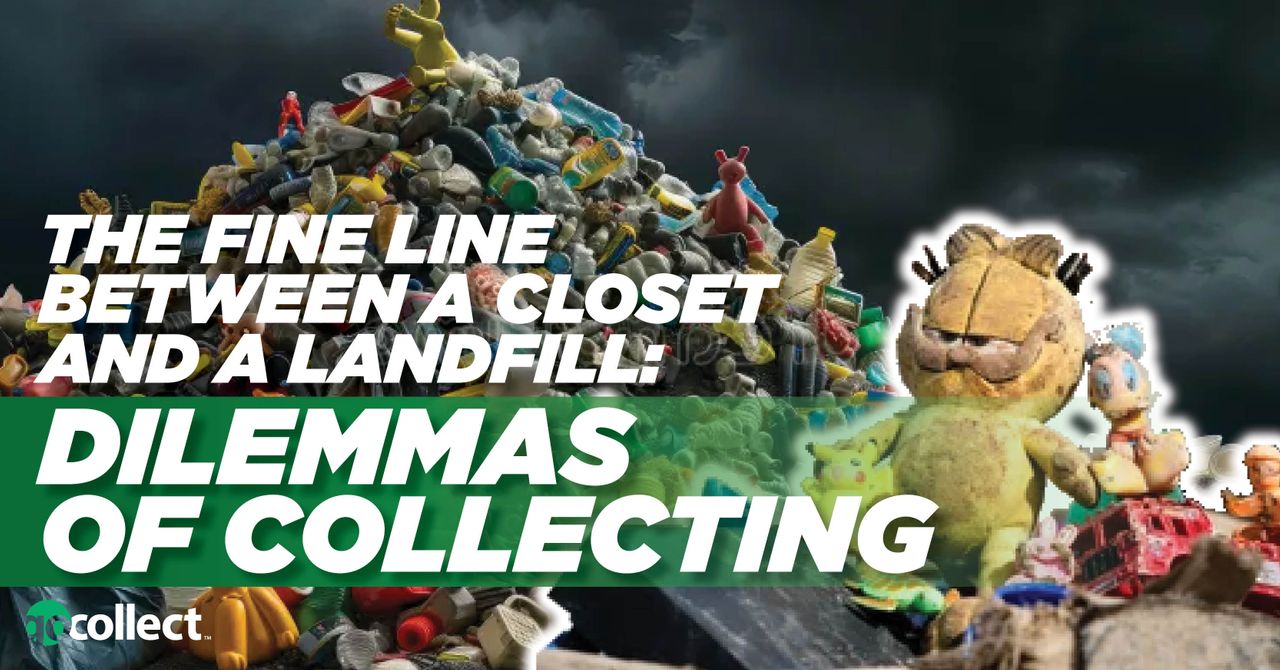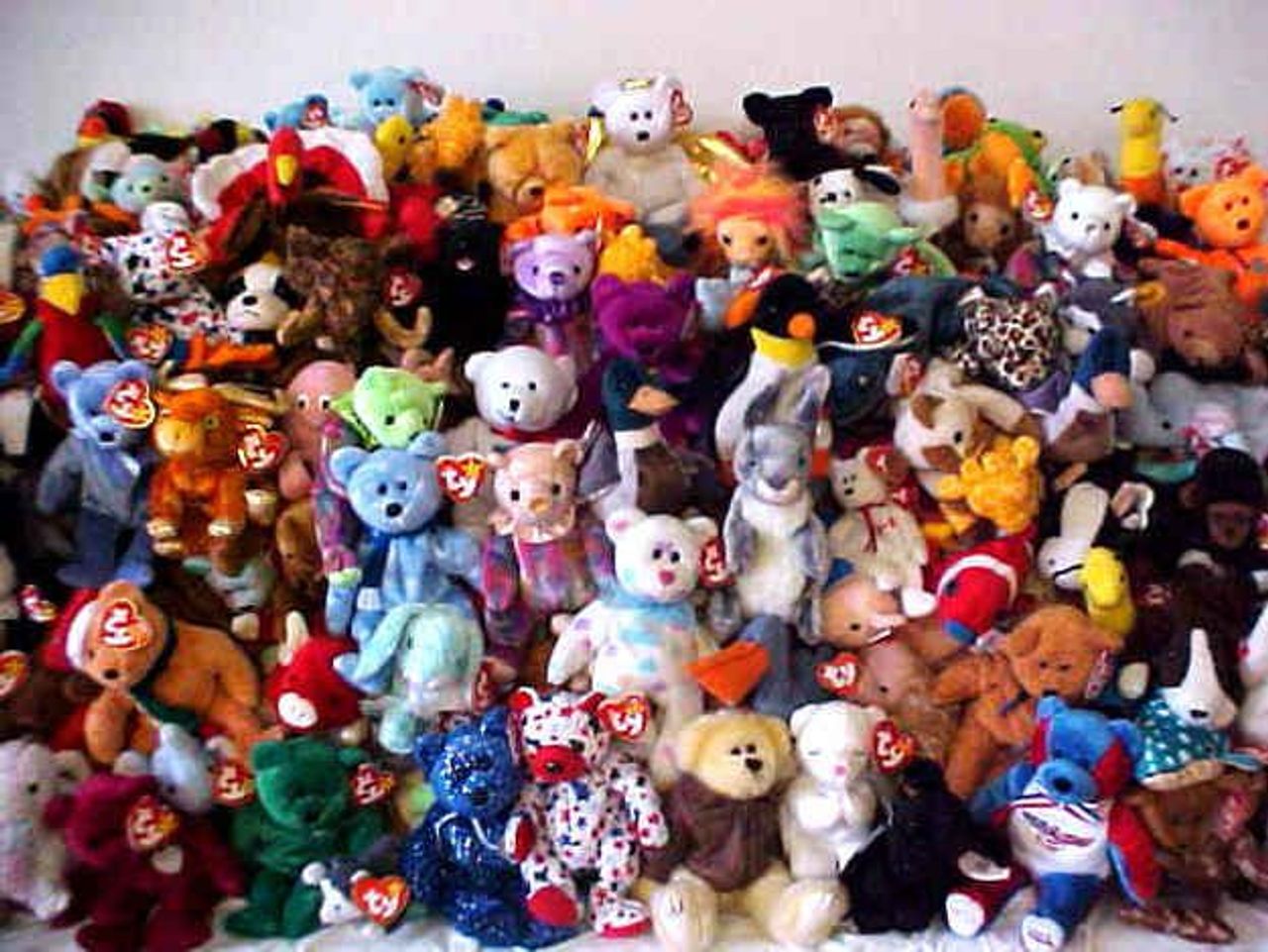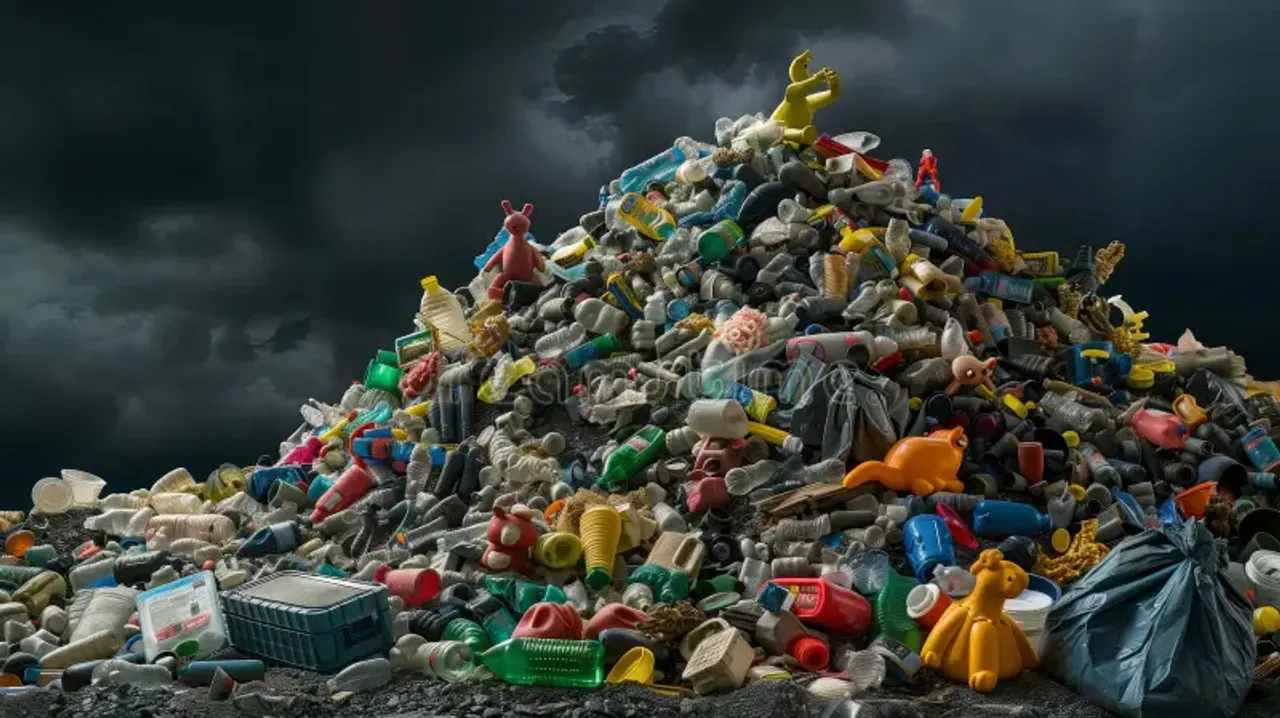It happened as I stood in front of my shelves, the ones that house all the pieces I’ve gathered over the years. In that moment, I saw something I hadn’t fully understood before: the way these objects, treasured as they were, seemed to accumulate not just as artifacts of my past, but as potential burdens for my future. They weren’t garbage—they were far, far from it. But the thought crossed my mind: how easily could this collection turn into something disposable, something that, at some point, might outlive its meaning?
I’ve always loved collecting. Who doesn’t! The thrill of finding another piece, the satisfaction of securing an item that feels like a small personal victory—there’s a magic in that. That moment of connection is a tangible representation of memories and desires. It’s never just about having the things; it’s about what they represent. But as I stood there, I began to ask myself: am I collecting things that will genuinely appreciate long-term, or am I just accumulating stuff that’ll one day end up forgotten on a shelf, or worse, thrown away?
The Collecting Machine: Crafting the Illusion of Scarcity
I’ve thought about it before, but getting into the numbers paints a much clearer picture. Take Funko, that brand so synonymous with pop culture, they now pull in over $1 billion in annual revenue. While it does show signs of slowing revenue now, they produced an estimated 20-30 million figures in a single year back in 2020. To a collector, it's an endless stream of new 'limited releases', each one a tempting little piece of nostalgia, something to grab before it’s gone. The concept of scarcity works like a magnet on us. But the truth is a little more complicated.
Most of these "limited editions" aren’t really rare. The rarity is a construct, a marketing tactic designed to make us believe that if we don’t act now, we’ll miss out on something important. But here's the catch: Funko’s factories are churning out tens of thousands of these things at minimum, flooding the market with identical versions of the “rare” pieces we’re supposed to treasure. And they're not the only ones doing this. The truth? For every item that feels unique, there are thousands more waiting in warehouses, only to be discounted once the hype fades, or worse, disposed of. It’s not about genuine scarcity; it’s about creating demand.
That’s not to say these collectibles aren’t worth something. To the person who holds them, they’re more than just plastic or cardboard. They represent something personal, a memory, a piece of the cultural fabric that’s intertwined with who we are. But as we collect more and more, we have to ask ourselves: What are we really collecting?
The Collector’s Dilemma: What Are We Really After?
I’m trying to approach this article from a bold perspective, one that doesn’t lean on lofty metaphors to justify my collection. I’m doing my best not to frame my stack of Nintendo games, pulp magazines, and comic books as a grand narrative that I haven’t fully worked out yet. But let’s be honest: at some point, all of this—these boxes and shelves—will have to move forward. They can’t stay tucked away in this closet forever, nor will this mantle remain a permanent resting place. I’m a second-hand collector through and through, but the question still lingers: what happens with all of this?
I guess this is the question that haunts every collector at some point—what do I do with it all? Do I play with it? Do I cherish it, or simply store it away in some carefully curated display? Do I sell it, downsize, or trade pieces to keep the collection fresh? What exactly is all of this, and is there an end game?
If I’m being totally honest, I don’t think we’re actively creating some grand environmental crisis here—not when we don’t even open the product anymore. In fact, most of the packaging from the past five years—wrapping, product, paperwork—remains locked away, pristine and untouched. It’s all sitting in our homes, unscathed. The truth is, we don’t even touch it. And yet, there it is, growing quietly in the background, raising questions about its value and its future.
Sustainability and the Cost of Mass-Produced Collectibles
Now, I’m not blind to the fact that this entire collecting game comes with an environmental cost. Most of these figures are made from PVC plastic, a material that takes centuries to decompose and releases harmful chemicals into the air during production. It’s not exactly the kind of legacy I want to leave behind. But I also recognize that every collector has a personal connection to their pieces. The last thing I’d want is to make anyone feel like the things they hold dear are "waste." They’re not. They’re real, and they matter.
That said, the truth is that the environmental impact of mass-producing these things is undeniable. What happens to all the plastic when it’s no longer wanted? What happens when a collection that once felt meaningful loses its shine, when it becomes cluttered in the back of a closet or sits, boxed and forgotten, in a storage unit? The things we buy are often designed to have a brief moment of relevance before they’re replaced by something newer, something shinier.
It’s not just about Funko, either. Mattel, the company behind Barbie and Hot Wheels, has started an initiative called "Playback," a toy recycling program that lets consumers return old toys to be recycled into new products. It’s a small step, but a step nonetheless. Even LEGO is working to shift towards more sustainable materials, like plant-based plastics, in their sets. It’s encouraging, but let’s be honest—these changes, though positive, are still in the early stages. We can do better, both as a consumer base and as a collective of collectors.
The Collector’s Choice: Voting With Our Wallets
As collectors, we’re often driven by desire—the thrill of the hunt, the satisfaction of finding something that feels truly special. But I can’t help but wonder: What if some of us have been a little too focused on acquiring, on accumulating, without fully considering the long-term cost—both environmental and personal? I’m not saying there’s no place for collecting. The act of collecting is about passion, about curating a piece of the world that feels meaningful. But if we’re not careful, that passion can turn into something that inappropriately fills our space, our minds, and our planet, without leaving much room for real satisfaction.
The real trick, I think, is balancing the joy of collecting with the awareness of its impact, and that includes the psychological. We can still love our collections without letting them become an endless cycle of unnecessary consumption. What if we made smarter choices? What if we sought out second-hand items, traded, or focused on pieces that truly hold meaning, not just the ones that are marketed right now as "rare"?
Smarter Collecting: A Way Forward
Here’s the hard truth: It’s not easy to break the cycle. It’s tough to ignore the rush that comes with a new release or the limited edition drop that promises to make your collection complete. But what if we gave ourselves permission to step back and think critically about our role as consumers? Maybe the next time we feel that compulsion to buy, we pause for a moment and ask ourselves the toughest question: Is this really going to help complete me?
In the end, collecting doesn’t have to be about amassing more and more. It can be about curating what’s meaningful. It can be about appreciating the items we truly love, the ones that reflect who we are, without letting them overrun our homes or our planet. We don’t need to chase after every limited edition or exclusive drop. We don’t need to keep adding to our collections just because we’re told it’s what we should do. We can collect thoughtfully, sustainably, and with a deeper understanding of what it means to hold onto something.








